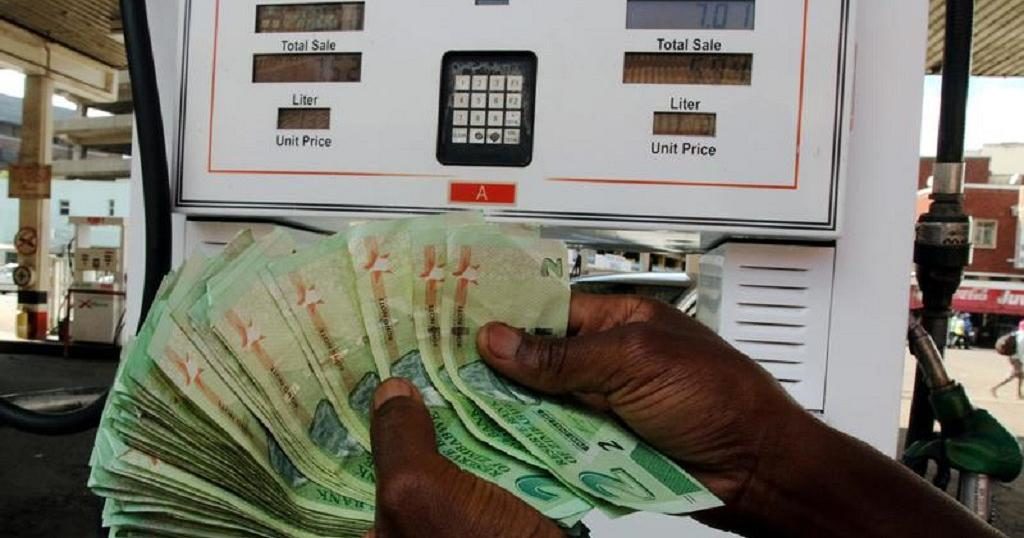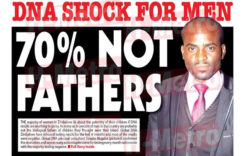
Zimbabwe continues to experience a fuel shortage crisis despite two major price increases since the beginning of the year. Picture credit: REUTERS
By ZimFact staff
The price of fuel has become a topical issue in Zimbabwe, following two major increases in January and May.
In January, President Emmerson Mnangagwa effected a 150% fuel price increase in a bid to dampen demand and reduce protracted shortages that have seen long queues at service stations for several months now.
As the fuel crisis persists, government, through the central bank, announced fuel importers would, from May 21, source forex for imports at the interbank market rate, and not the pegged 1:1 exchange rate to the United States dollar, as has been the case since May 2016.
As a result, fuel prices went up by just over 50%.
Further weakening of the local currency on the official interbank market, by 13%, since the new measures to date, has triggered speculation of further fuel price increases.
However, the Zimbabwe Energy Regulatory Authority (ZERA), which governs fuel trade, has issued a statement ruling out another imminent price increase.
ZERA said current supplies had been secured at an exchange rate of ZWL$4.61 to the US dollar and would, therefore, not be affected by current exchange rate movements.
The regulator’s statement was silent on how long this position would hold.
At the current price, the forex component — the free on board (FOB) price, pipeline charges and finance cost — make up 68% and 71% of the total petrol and diesel price per litre, respectively.
Government taxes and levies make up 19.6% of the diesel price and 26.6% of the petrol price. Administration and distribution costs add 12,5 cents per litre to the total price.
Margins for oil companies and retailers are 15 cents and 18 cents, respectively.
ZimFact has prepared a graphic showing how the fuel price is built up, from importation right through to the pump:
Do you want to use our content? Click Here











